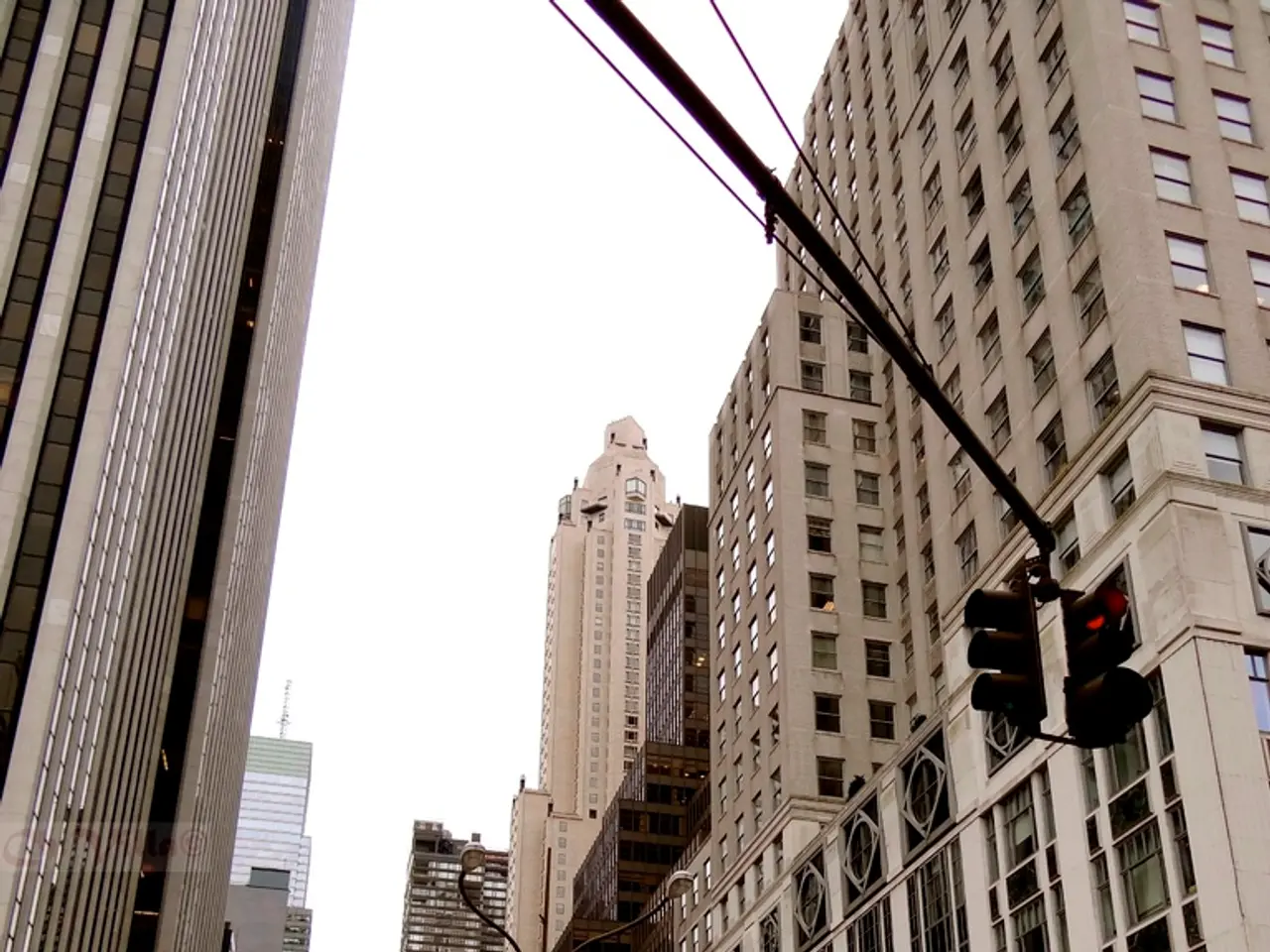Autonomous Vehicles' Advanced Visuals: Boosting Roadway Security
=====================================================
Autonomous vehicles (AVs), also known as self-driving cars, are revolutionizing the transportation industry. These vehicles navigate and operate without human intervention, thanks to the integration of cutting-edge technologies like computer vision.
Computer vision is a field of artificial intelligence that enables machines to interpret and understand the visual world. In the context of AVs, it plays a crucial role in recognizing traffic signs and signals, allowing the vehicles to respond appropriately to stop signs, speed limits, and other critical traffic rules.
The fusion of computer vision with other sensing technologies, such as LiDAR and radar, enables AVs to make real-time decisions. This combination empowers the vehicles to detect road signs, identify obstacles, and make quick decisions based on their environment.
One of the most significant advantages of computer vision in AVs is its ability to detect potential hazards early. Computer vision algorithms analyze video feeds from cameras to identify and track human movement, ensuring that AVs can stop in time to avoid a collision. Moreover, these systems are designed to adapt to adverse weather conditions, using advanced algorithms to filter out visual noise and enhance object detection even in less-than-ideal environments.
Computer vision also enables AVs to continuously monitor lane markings to stay safely within their lane. This feature is vital for maintaining safe driving and avoiding accidents.
Key contributions of computer vision to autonomous driving include object detection and tracking, 3D mapping and localization, scene understanding and path planning, obstacle avoidance, sensor fusion, improved efficiency, and computational power.
Object detection and tracking identify dynamic and static objects in the vehicle’s surroundings, crucial for collision avoidance and safe maneuvering. 3D mapping and localization create detailed three-dimensional maps by fusing visual data with inputs from other sensors, enabling precise vehicle positioning and reliable navigation. Scene understanding and path planning interpret complex traffic scenarios, such as lane changes, traffic signals, and obstacles, supporting autonomous decision-making without human intervention.
Obstacle avoidance uses camera-based perception systems to recognize and react to potential hazards promptly, integrating vision outputs with motion planning algorithms for safe vehicle control. Sensor fusion combines data from multiple sensing modalities, with computer vision providing rich, high-resolution visual context that complements radar and ultrasonic readings, creating a comprehensive 360-degree awareness of the environment.
Improved efficiency is another benefit of computer vision, as it enables optimized acceleration, braking, and maneuvering decisions based on accurate environmental perception, leading to fuel savings (up to 15%) and smoother traffic flow. High-performance processing platforms, such as NVIDIA’s Drive PX, enable the rapid analysis of millions of data inputs per second, allowing the vision systems to make split-second decisions essential for safety and efficiency on busy roads.
Real-world milestones, such as Tesla's first fully autonomous vehicle delivery relying on computer vision-driven Full Self-Driving software, demonstrate the practical impact of computer vision in achieving safe and efficient autonomous operations.
In summary, computer vision acts as the "eyes" of autonomous vehicles, providing critical perception capabilities that underpin safe navigation, obstacle avoidance, and efficient driving, thereby advancing the feasibility and deployment of fully autonomous transportation.
The integration of computer vision with other technologies like LiDAR and radar in autonomous vehicles enhances their ability to make real-time decisions, ensuring both safety and adherence to traffic rules in the finance-intensive transportation industry. As technology advances, we can expect the industry's reliance on computer vision to grow, facilitating further improvements in transportation efficiency and contributing to the growth of the finance sector.
The practical impact of computer vision in autonomous driving is evident in real-world milestones, such as the delivery of Tesla's first fully autonomous vehicle, highlighting its potential to revolutionize the entire finance, technology, and transportation landscape.




